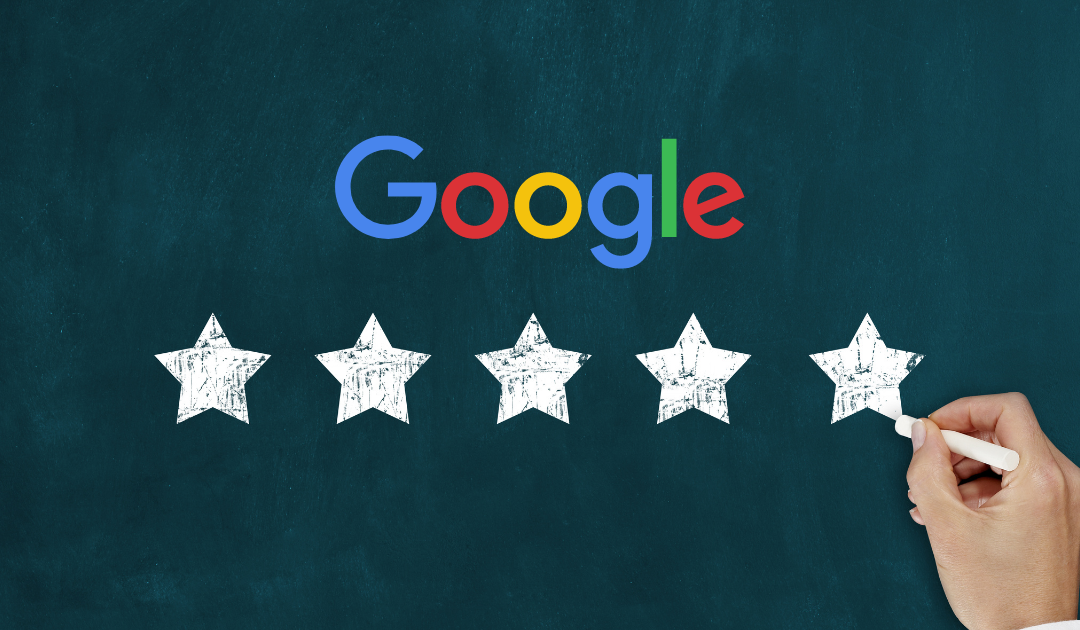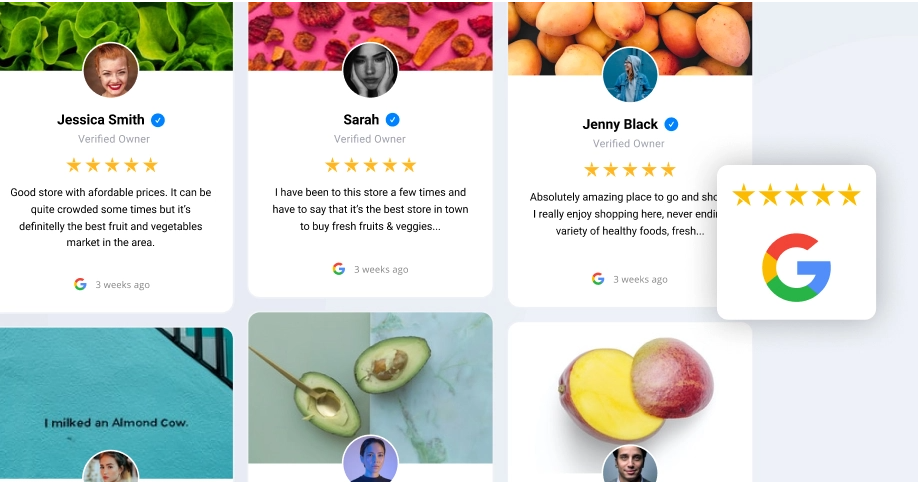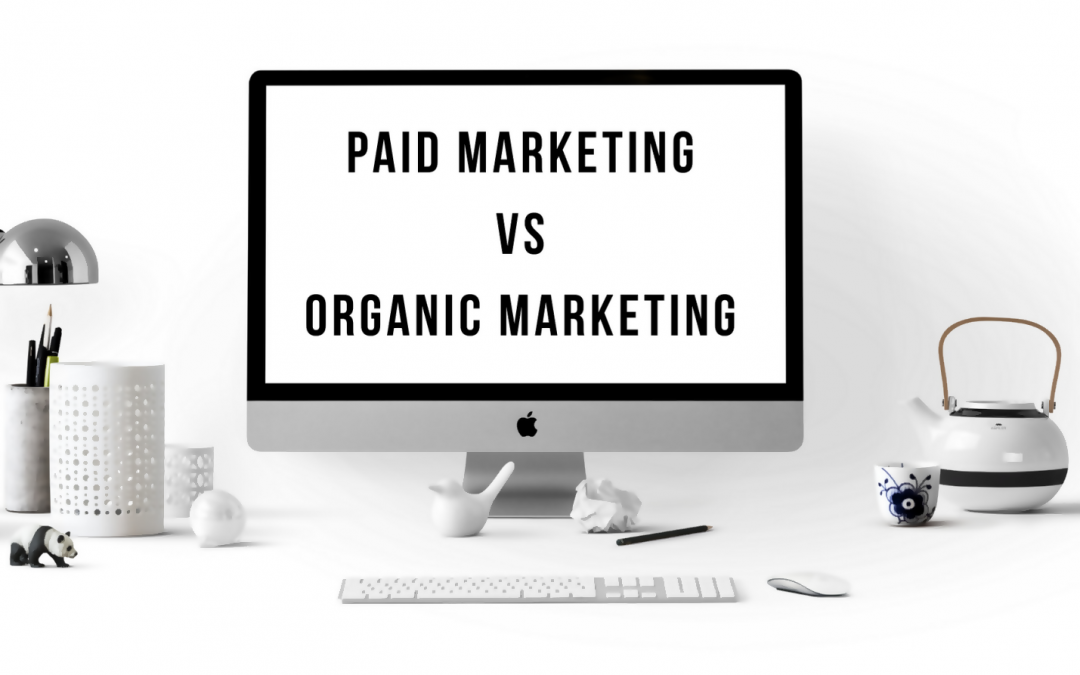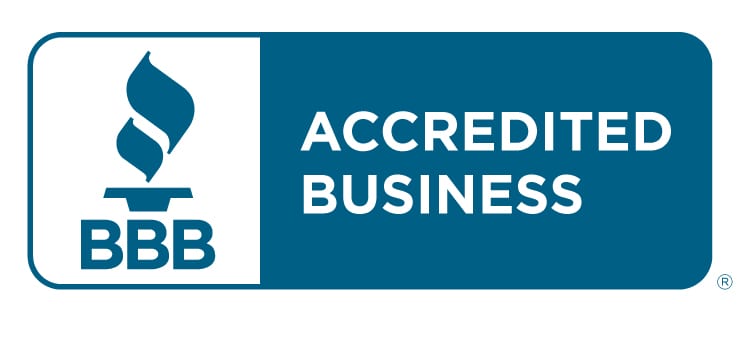Digital marketing is a term that encompasses all of your online marketing strategies and efforts, which includes the Internet and mobile technologies. A business can have multiple digital marketing channels in place at the same time, including their website, SEO, PPC campaigns, email marketing, social media and more.
You might be asking yourself doesn’t digital marketing simply just consist of social media? Well, you’d be partially correct, as the term includes a wide array of media channels to promote your product or service to potential customers. Digital marketing is a term that encompasses all of your online marketing strategies and efforts, which includes not only the Internet, but mobile technologies as well. A business can have multiple digital marketing sources in place at the same time, including their website, SEO, PPC campaigns, email marketing, social media and so much more. In today’s business world it’s essential to extend your digital marketing footprint far beyond an Internet search. Plus, with the utilization of such media allows a business to leverage those channels and engage with potential and existing customers in a way that wasn’t possible ten years ago.
What Are The Benefits of Digital Marketing?
So now that you have a better idea of what digital marketing is, you still might be pondering what are the specific benefits to your business. Most business owners are looking for ways to promote their products and services to a large of audience as possible, and with digital marketing that is now possible. It used to be that a Google search listing was the only way to gain new business through the Internet, but now there are so many more options out there. Facebook, Twitter, and Instagram have become a highly mainstream strategy for people to search for services and products. Plus, the great thing about these other digital media channels are that they are usually an affordable option versus traditional advertising.
Digital Marketing Trends
Across the past several year digital media footprints have become the root of a company’s success. Before the digital age a target market was more difficult to reach as not everyone had accessibility to digital channels. Although much easier, not everyone has access these day either, but more than ever do. So you and your company cannot get caught behind, or else you may feel as though you are becoming less relevant to the rest of the market.
Here is a List of the Most Common Digital Marketing Elements:
Your Website
Web pages are the foundation of digital content marketing. Every business should utilize their own website since it’s a convenient way for an audience to grasp what products or services a company offers. So, it is important to have an organized, well thought out website, where individuals can click on a tab and be confident they are going to find what they need. Additionally, you want your website to be engaging for visitors. Simply, think about how your audience will be drawn in and engaged. Another essential point is to make sure your website is mobile friendly, in that it looks great on a desktop, laptop, tablet and smartphone. According to Google, more than 50% of search queries come from mobile devices.
Search Engine Optimization (SEO)
SEO, otherwise known as Search Engine Optimization, is a valuable way of gathering potential consumers via free (organic) results on search engines like Google and Bing. SEO is a collection of techniques and best practices that involve competitor and industry research, page content writing, keyword research and writing, descriptions, programming and more. The goal here is to increase your site’s rankings, drive more traffic to your website and increase visibility in search engines. It can certainly be challenging to do on your own since search engines like Google and Bing regularly update their search algorithm, but be weary of seo companies that promise the world but under deliver.
Pay-Per-Click (PPC) – GoogleAds and Facebook Ads
PPC is when your company could choose to place a paid ad on Google and Facebook. The purpose of a Pay-Per-Click strategy is to draw in immediate traffic to your website for those individuals who are ready to purchase. Every time a potential customer clicks on your ad, your company is charged. The cost of the ad varies by keyword popularity and size of the market, as well as bidding against competitors for the same premier 1, 2 or 3 ad spot. Google AdWords is the most popular PPC option out there. The key to being successful in the world of PPC is to be organized, efficient and do your homework so you know who your target audience is and is not. Your goal is not to have a ton of ad clicks and spend a ton of money, but to have the right people who are ready to buy your product or service click on your ad and connect with your business.
Blog Articles
Blog articles are a great way to share your expertise and gain credibility with people that want to read your blog posts and share them with others. Every time that you write a new blog, a new page is indexed in search engines like Google. This additional indexing and the content of the blog article itself can lead to higher search engine rankings. Another benefit of writing blog articles on a regular basis is to establish authority (credibility) with your target audience.
Social Media
Social media platforms are one of the most utilized resources for digital marketing today. Three primary channels include Facebook, Twitter and Instagram. Additionally, depending on your target market using a Geo-Filter on Snapchat can be beneficial too. Know that while social media is mainly a non-paid digital media option, spending some money can enhance your social media presence. This is called “Boosting” a post. When “Boosting” your social media posts you can personalize your target audience by multitude of demographics including age, gender and more.
Conversion Rate Optimization
The best way for Conversion Rate Optimization to make an impact for your business is to find take visitors to your website and transform them into customers. This means getting site visitors to take action, whether that is to buy your product, sign up for your newsletter, register for a webinar, download your eBook, complete your request for estimate form, etc. Another idea is to have separate landing pages for each of your key products or services, especially if you plan on doing Pay Per Click (PPC). Use these suggested ideas to improve your site’s own Conversion Rate.
Email Marketing
Never underestimate the value of a cost-effective email marketing program to market your company products and/or services to potential customers. While this might seem like an outdated option compared to other digital media methods, it can be an economical and cost-effective way to reach new customers or engage with your existing ones. I suggest your website have an embedded email capture form so you can market your products and services to those who opt in.






















